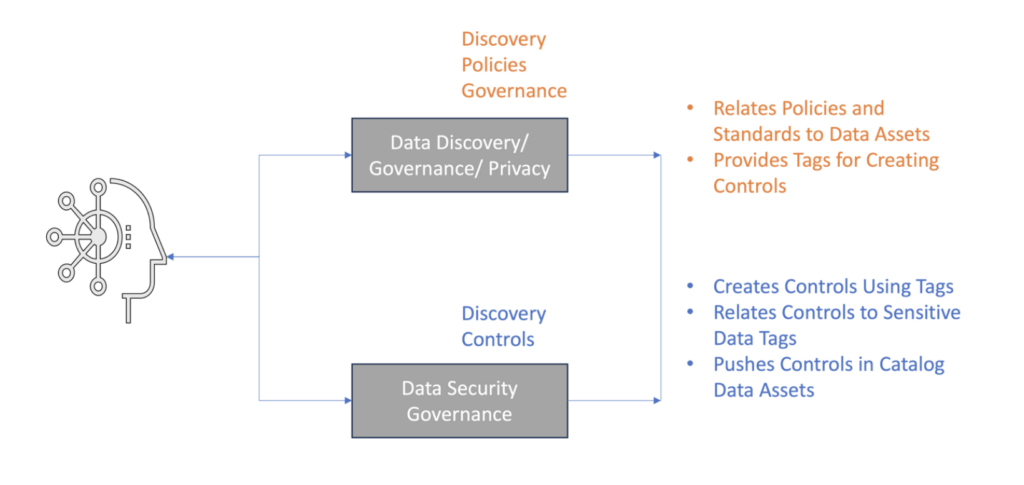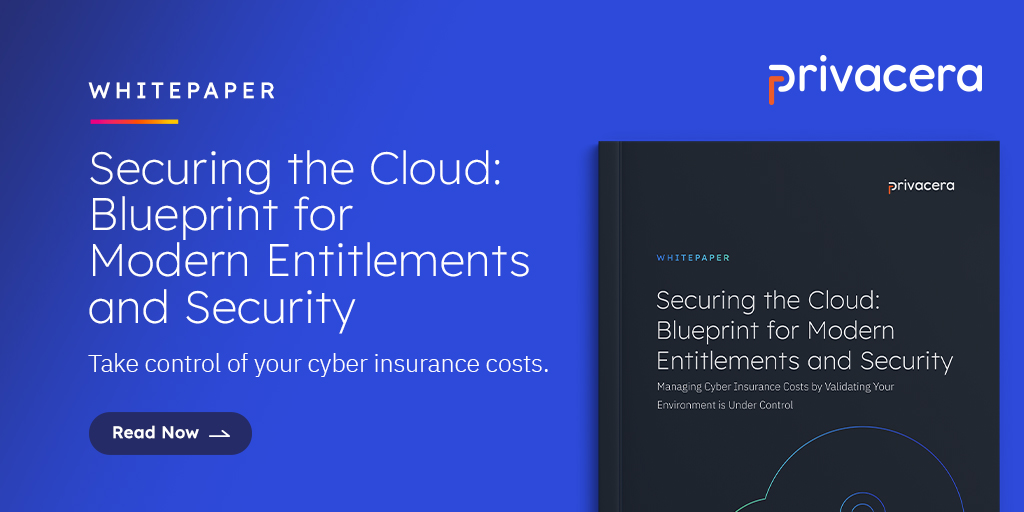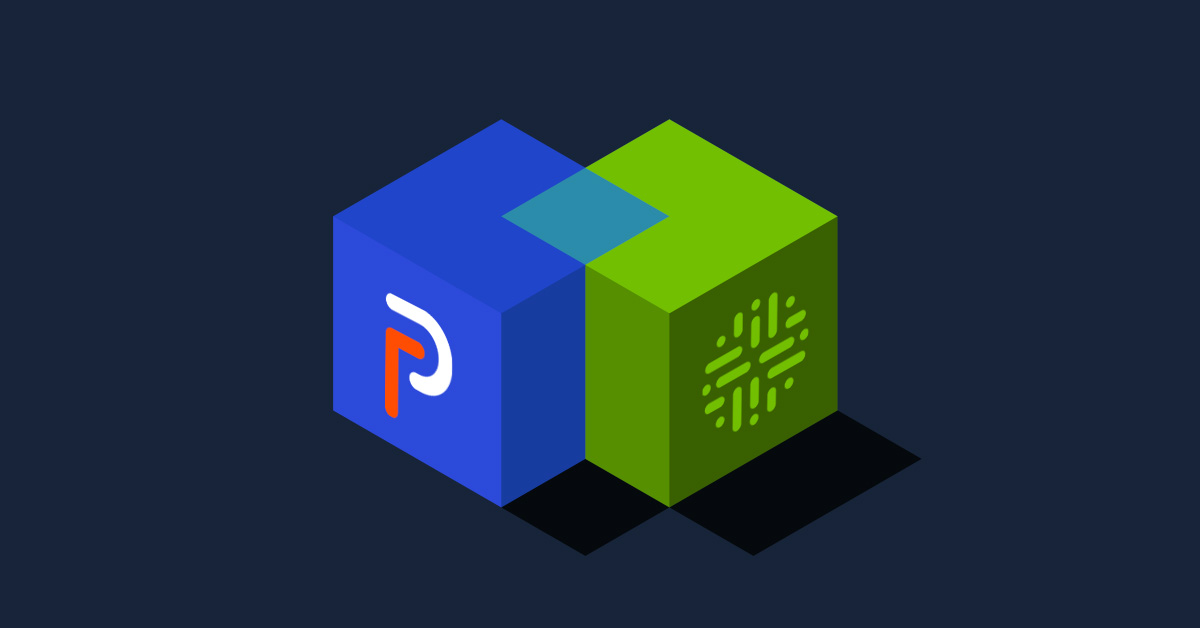The Age of Integration
In the book, “What is Your Digital Business Model,” Peter Weill and Stephanie Woerner suggest that smart businesses need to choose among four business models. The two that are most relevant for the digital age are an ecosystem driver and a modular producer. The ecosystem driver does not sell just their products. They also offer complementary products as well as competitor products that plug and play directly into their platforms. Meanwhile, modular producer products can plug and play with anyone else’s digital ecosystem.
As Gartner and Forrester have worked to define the concept of a data fabric, they have argued for vendors not acting as ecosystem drivers, but instead as modular producers. Here, the authors of “Rewired” say data fabric is “a unified data environment across the enterprise’s data landscape.” The fabric is “stitched together.” The authors go on to suggest a data fabric should represent “a highly modular and evolutionary data architecture” with “API-based interfaces to simplify the integration between disparate tools and platforms.”
Applying This to Data Governance
Data governance—an important element of data fabric—has been a siloed business function. Tools that provide the ability to discover data and create data policies and standards have been separated from tools for the creation of controls. This has complicated the lives of data stewards.
Silos and disparate solutions make it very complex, time-consuming, and risky to navigate the enterprise data ecosystem, from a data governance policy creation, management, and enforcement perspective, as well as for auditing and demonstrating compliance. Agility and scalability are paramount in a world of constant change and increasing complexity, competition, security risks, and compliance challenges.
With the emergence of data security governance tools, it has become possible to discover unprotected sensitive data and to create no code, English-language controls for controlling access to data across not just one system but an entire cloud estate. However, it has not been possible to create a truly integrated solution with systems that discover data, create, and enforce data policies and standards.
Architecting an Integrated Solution

As you can see above, it is possible to integrate systems focused on data discovery and governance with systems that control access to data. Through this approach, data stewards discover sensitive data, generate policies and standards, and manage the process of governance. From an output perspective, these systems provide tags related to policies and standards for data assets. By pushing this information into a data security governance solution, the consumed tags can be used to create controls that correspond to assets regardless of where the data is housed. This way, the work that has been done in the data discovery and governance tools can be used to create controls. In addition, the data security governance tool can automatically discover sensitive data that may not have been documented, and implement controls for these. This effectively provides an audit trail and scalable control function.
Once controls are created, they are in turn pushed back into the data assets pages with the data discovery and governance system. Auditing of policies and controls can be done within the data discovery and governance solution. Auditors no longer need to visit source systems. Instead, they just verify the consistency of policies and controls, and do a spot-audit to determine the consistency of what is created within the policy system is also held in the data security governance product.
Privacera’s API/Integration with Collibra
Collibra has become a default solution for organizations wanting to do data governance for compliance management. Privacera’s integration with Collibra accomplishes the goals described above.
Create an End-to-End Compliance Solution
A complete compliance management solution integrates the processes for sensitive data discovery, classification, policy creation, and control implementation. The Collibra integration combines two world-class systems to deliver a complete, unified compliance solution.
Automate Data Security
The integration imports Collibra data classifications, which identify sensitive and regulated data. Based on Collibra classifications and user attributes, Privacera can automatically apply masking and encryption policies natively in the data sources, automating data security, eliminating manual effort, and ensuring data is protected but still usable for analytical purposes.
Enhance Data Controls
Organizations can also leverage Collibra classifications to create fine-grained data access controls. Privacera can utilize the classifications to enforce data access policies based on user roles or other user attributes.
A Single View of Compliance
Privacera integrates data security and access control policies into Collibra, allowing data stewards, internal auditors, and external auditors to have a one-stop shop for demonstrating regulatory compliance. Additionally, Privacera can track and monitor data access, usage, and modifications, providing a comprehensive audit trail, allowing organizations to demonstrate compliance, identify suspicious activities, and effectively perform data governance audits.
Integrate Today, Thrive Tomorrow
As we have said at the beginning of this article, this is an age of integration. What customers want is the ability to seamlessly put together vendor solutions to create what Theodore Levitt called a “whole product.” Integrating the ability to create policies and controls is the best-of-both-worlds win for data managers and data stewards. And for those who have invested in Collibra, it is a 1 + 1 = 3.
To learn more, explore our Privacera & Collibra Partner Brief here.





